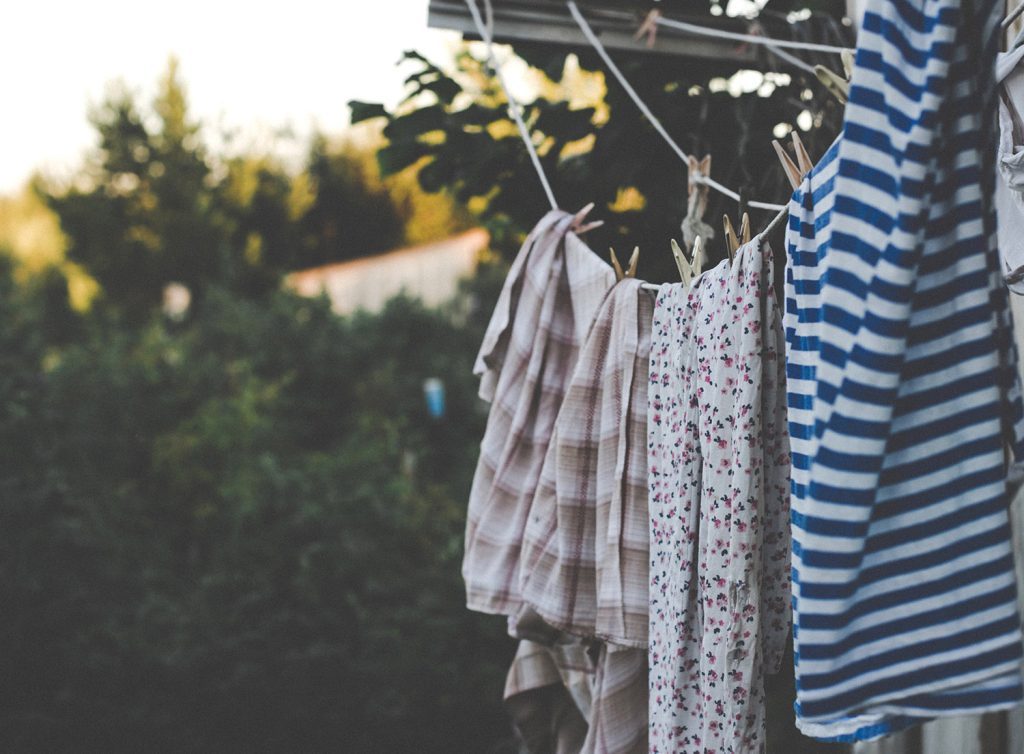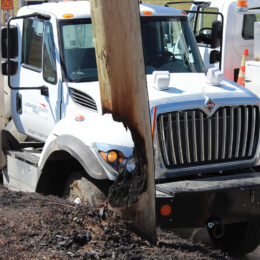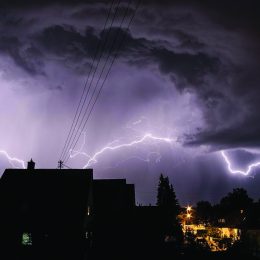
Are you a weekend warrior? If you’re considering home improvement upgrades that save energy and money, we’ve got a few project ideas for you –– all of which can be completed in a day or less!
Here are three energy-saving projects that you can easily tackle, whether you’re a weekend warrior pro or a DIY dabbler.
Get smart about home cooling and heating
Cooling and heating your home typically account for a large portion of energy bills. Smart thermostats can help keep your cooling and heating costs in check, with ENERGY STAR®-certified models saving about 8% on annual energy costs.
Now that smart thermostats are more affordable (as little as $70!), this simple upgrade makes for a fun, efficient weekend project. Smart thermostats offer a variety of bells and whistles, but the average model will allow you to set custom temperature schedules, adjust the settings from anywhere (on your smartphone) and, over time, learn your cooling and heating preferences. On top of the savings you’ll earn over time from optimizing your HVAC performance, you could receive a $45 rebate from Power Moves and LaGrange County REMC when you install your new thermostat.
Your new smart thermostat will come with step-by-step instructions, but this project typically involves shutting off your HVAC at the breaker panel, disconnecting/removing the old thermostat, installing the new smart thermostat and connecting it to your home Wi-Fi.
Play it safe: Remember to carefully read the installation instructions before you get started.
Go green and boost your greenery with a rain barrel
If you have a green thumb, you already know that rainwater is the best water for your outdoor plants. Rainwater is free of minerals, salts and treatment chemicals found in tap water or groundwater. It also contains helpful macronutrients to foster healthy plant growth.
Installing a rain barrel is an easy way to harvest large amounts of rainwater and reduce home water use –– it’s a win-win. According to the Environmental Protection Agency, one rain barrel can save a homeowner 1,300 gallons of water annually.
Most residential rain barrels range in size from 50 to 90 gallons, so the size you purchase will depend on your watering needs.
The simplest way to install a rain barrel is positioning a plastic or wooden barrel directly under your gutter downspout. Basic piping may be required, but this is an easy way to harvest rainwater, and the barrel won’t take up much space. Consider a cover for the top of your rain barrel to keep insects and small debris out of your harvested water.
Create fresh savings with a DIY clothesline
If you have enough outdoor space available, installing a clothesline is a great way to save energy. Not only will you save on dryer costs — in the summer, you can also save on cooling costs since unwanted heat from the clothes dryer won’t be added to your home (which makes your air conditioner work harder). Additionally, air drying is much gentler on fabrics and will keep your clothes and linens looking fresh longer.
You can create your own clothesline with two T-posts, wire and hook-and-eye turnbuckles. Depending on your soil, you may need a small amount of Quikrete to set the posts. Another option is installing the line between two trees. A typical load of laundry requires about 35 feet of line, so keep this in mind as you’re determining the best location.
If an outdoor clothesline isn’t an option, no sweat! You can easily create an indoor drying rack that folds to save space. Home improvement websites like thespruce.com and hgtv.com offer step-by-step tutorials for a variety of indoor clothes racks.
These are just a few simple ideas to help you save energy and money. So, get out there, roll up those sleeves and tackle a few projects.
Check out LaGrange County REMC’s website for additional energy-saving ideas and tips.



